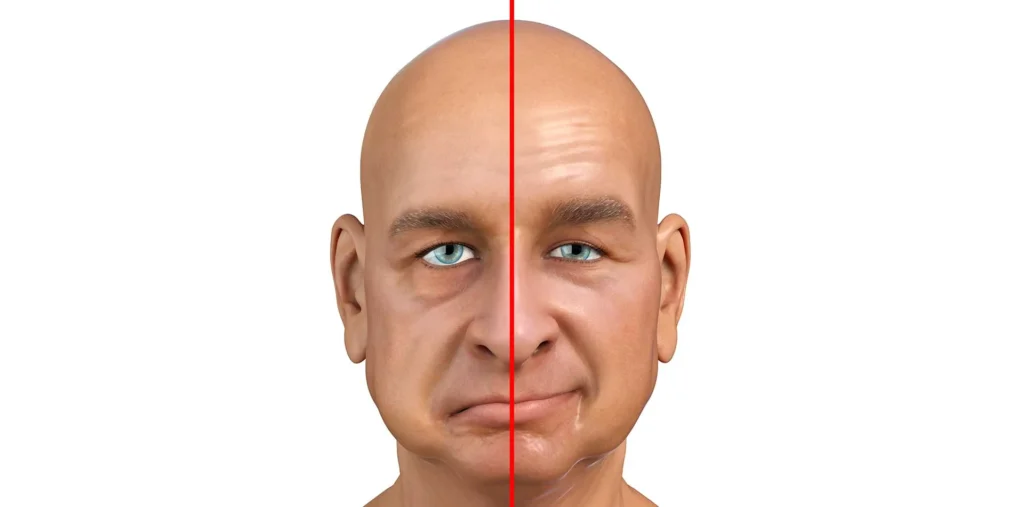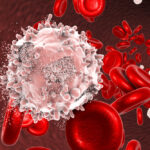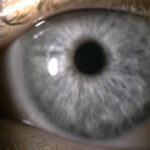Bell’s palsy is a neurological disorder characterized by sudden, unilateral facial paralysis or weakness. This condition arises from dysfunction of the seventh cranial nerve, known as the facial nerve, leading to a temporary inability to control facial muscles on the affected side. While the exact etiology remains uncertain, prompt recognition and management are crucial for optimal recovery.

Etiology and Pathophysiology
The precise cause of Bell’s palsy is not definitively established. However, it is widely believed to result from inflammation and swelling of the facial nerve within its bony canal, possibly triggered by viral infections. Viruses implicated include:
- Herpes Simplex Virus (HSV-1): Commonly associated with cold sores, HSV-1 has been detected in endoneurial fluid of patients with Bell’s palsy, suggesting a potential reactivation mechanism.
- Varicella-Zoster Virus (VZV): Known for causing chickenpox and shingles, VZV reactivation can lead to facial nerve inflammation.
- Epstein-Barr Virus (EBV): The causative agent of mononucleosis, EBV has been linked to cases of Bell’s palsy.
Other factors that may contribute include:
- Autoimmune Reactions: The body’s immune system may mistakenly attack the facial nerve.
- Ischemia: Reduced blood flow to the facial nerve can result in nerve damage.
Clinical Presentation
Bell’s palsy typically presents with the rapid onset of unilateral facial weakness, reaching peak severity within 48 to 72 hours. Key symptoms include:
- Facial Drooping: Noticeable sagging of the mouth and eyelid on one side.
- Inability to Close the Eye: Leading to dryness and potential corneal irritation.
- Loss of Nasolabial Fold: The crease between the nose and mouth becomes flattened.
- Altered Taste Sensation: Particularly affecting the anterior two-thirds of the tongue.
- Hyperacusis: Increased sensitivity to sound in one ear.
- Ear Pain: Discomfort or pain around the jaw or behind the ear on the affected side.
It’s imperative to distinguish Bell’s palsy from other causes of facial paralysis, such as stroke, Lyme disease, or tumors, through comprehensive clinical evaluation.
Diagnostic Approach
Diagnosis is primarily clinical, based on history and physical examination. However, to exclude other potential causes, the following may be employed:
- Electromyography (EMG): Assesses the electrical activity of facial muscles, indicating the severity and location of nerve involvement.
- Imaging Studies: Magnetic Resonance Imaging (MRI) or Computed Tomography (CT) scans can rule out structural lesions or tumors compressing the facial nerve.
- Laboratory Tests: Blood tests to identify infections like Lyme disease or other systemic conditions.
Management Strategies
Treatment aims to reduce nerve inflammation, protect the eye, and facilitate nerve recovery. Standard interventions include:
- Corticosteroids: Prednisone is commonly prescribed to diminish inflammation and edema of the facial nerve. Initiation within 72 hours of symptom onset is associated with improved outcomes.
- Antiviral Agents: While the benefit is debated, antivirals such as acyclovir may be considered, especially if a viral etiology is suspected.
- Eye Care: Due to impaired eyelid closure, protecting the cornea is vital. Recommendations include:
- Using lubricating eye drops during the day.
- Applying ointment at night.
- Wearing an eye patch or taping the eyelid shut during sleep to prevent dryness and injury.
- Physical Therapy: Facial exercises may help maintain muscle tone and prevent contractures, although evidence supporting their efficacy is limited.
Prognosis
The outlook for individuals with Bell’s palsy is generally favorable:
- Recovery Rates: Approximately 70-85% of patients experience complete spontaneous recovery within three weeks to six months.
- Factors Influencing Recovery: Complete paralysis, advanced age, and the presence of comorbid conditions like diabetes may predict a less favorable outcome.
- Potential Complications: A minority may develop residual facial weakness, synkinesis (involuntary facial movements), or contractures.

